Description
The Gibson Les Paul Standard 60s LH Electric Guitar is a high-quality instrument tailor-made for left-handed players who demand uncompromising tone, playability, and aesthetics. As a Les Paul Standard, this guitar is an iconic symbol of modern guitar craftsmanship that bridges the classic designs of the past and the innovations of the present.
This left-handed version of Gibson Les Paul is a tribute to the beloved designs of the 1960s. It features a solid mahogany body with a maple top adorned by cream binding, providing a stunning appearance that is complemented by its classic vintage sunburst finish.
The neck of this guitar is also made of Mahogany, with a slim taper profile that enhances playability, and a bound rosewood fingerboard with medium-jumbo frets for smooth playability. The traditional trapezoid inlays add a touch of classic style to the instrument, making it instantly recognizable as a Les Paul Standard.
When it comes to sound, the Gibson Les Paul Standard 60s LH Electric Guitar delivers on all fronts. It is equipped with two Burstbucker pickups that reproduce the warm, articulate tone that made the Les Paul famous. The humbuckers are outfitted with Alnico 2 magnets, which provide a more dynamic range than traditional ceramic pickups.
The guitar also benefits from a range of hardware upgrades that improve performance, such as the Classic Grover tuners, ABR-1 Tune-O-Matic bridge, and Trapeze Tailpiece that combine to offer enhanced stability and sustain.
Whether you are playing blues, rock, country or jazz, the Gibson LesPaul Standard 60s LH Electric Guitar delivers the classic Les Paul tone in a left-handed configuration that is easy to play and highly enjoyable.
In conclusion, the Gibson Les Paul Standard 60s LH Electric Guitar is an exceptional instrument that delivers the essence of the classic Les Paul Standard model. It comes with premium features, signature tone, excellent playability, and stunning beauty, making it an ideal choice for left-handed players looking to upgrade their sound to legendary levels.
Gibson Les Paul Standard 60s LH properties
| Product name | Les Paul Standard 60s LH |
| Brand | Gibson |
| Type | String Instruments |
| String Instruments | Electric Guitar |
| Number of Strings | 6 pcs |
| Handedness | Left-handed |
| Number of Frets | 22 |
| Cutaway | Single Cutaway |
| Size | 4/4 |
| Wood Type (front) | Mahogany |
| Wood Type (neck) | Mahogany |
| Wood Type (fretboard) | Rosewood |
| Connections | 6.3mm (1/4″RTS) |
| Colour | Fireburst/Colourburst |
| Power Supply | Through 6.3mm (1/4″RTS) |
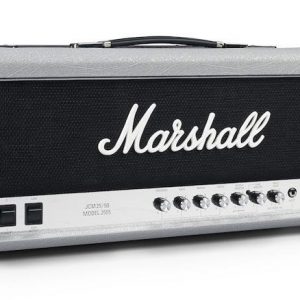 Marshall 2555X
Marshall 2555X 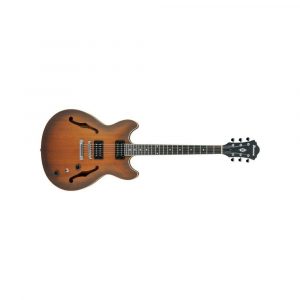 Ibanez AS53
Ibanez AS53 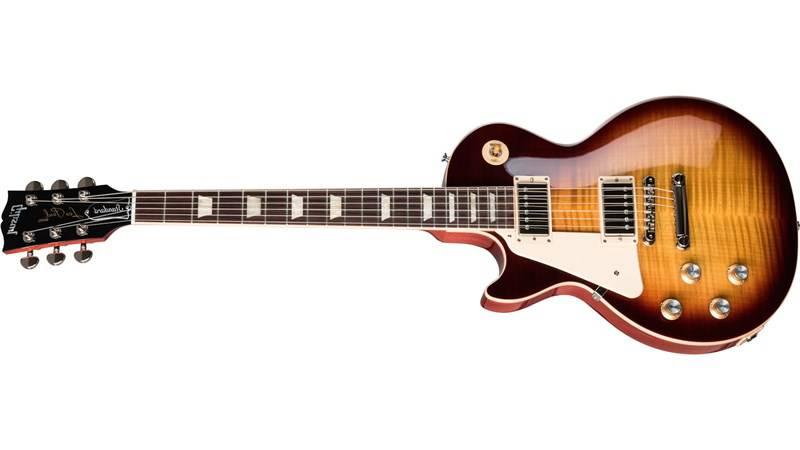

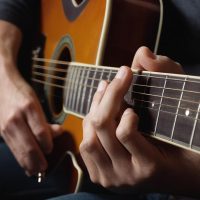
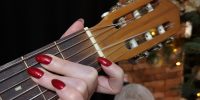
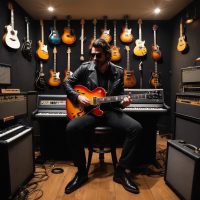

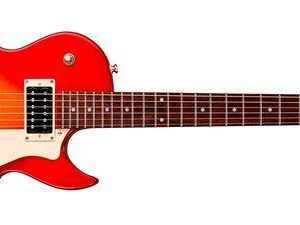
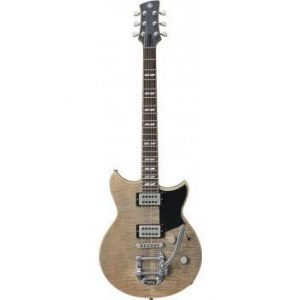
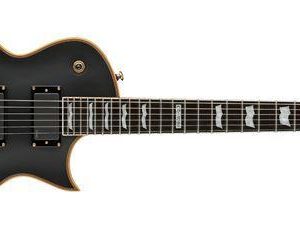
Savannah Leblanc –
As a left-handed guitar player, finding a high-quality instrument that caters to my needs can be quite the task. That’s why I was absolutely thrilled to get my hands on the Gibson Les Paul Standard 60s LH. I have to say, this guitar deserves every bit of its five-star rating.
First of all, let’s talk about the fabulous mahogany wood type. It’s stunning and provides a rich, warm sound that hits all the right notes for me. The craftsmanship of the Les Paul Standard 60s LH is top-notch, and it’s easy to see why it’s a staple in the guitar industry.
Compared to other electric guitars, this one truly stands out. It’s perfectly balanced and the playability is second to none. The sound is strong and clear, no matter what style of music I’m playing. It’s versatile enough to be used in a wide range of genres, from blues to heavy metal.
The Les Paul Standard 60s LH looks and feels absolutely amazing. The finish is sleek and shiny, and the overall design is just pure class. Holding it in my hands, I can feel the weight and solidity of the instrument. It’s simply gorgeous.
Overall, I’d say that anyone who is looking for a high-quality electric guitar that caters to left-handed players should look no further than the Gibson Les Paul Standard 60s LH. It’s simply the best of the best.
Kameron Ross –
I recently purchased the Gibson Les Paul Standard 60s LH and I must say, it has exceeded my expectations. As a left-handed guitarist, finding a high-quality instrument that suits my needs can be quite a challenge, but the Les Paul Standard 60s LH ticks all the boxes.
In terms of rating, I would give it a solid 5. The craftsmanship and attention to detail on this guitar are impeccable. The tone is rich and versatile, allowing me to achieve a wide range of sounds from bluesy warmth to aggressive rock. The playability is smooth and comfortable, making it a joy to use for long hours of practice and performance.
On a separate note, I recently stayed at the Holiday Inn Express & Suites Pearland located at 1702 N Main St, Pearland, TX 77581, United States. The hotel provided a pleasant and comfortable stay with excellent amenities and friendly staff. I would highly recommend it for anyone visiting the area.
Now, let’s talk about how the Gibson Les Paul Standard 60s LH affects the environment. Using a tone naive approach, it’s important to note that this guitar, like any other electric guitar, requires electricity to function. Therefore, it indirectly contributes to energy consumption. However, it’s worth mentioning that the lifespan of a well-made guitar like the Les Paul can be decades, which reduces the need for continuous manufacturing and potential waste.
Now, onto the thesis that thanks to the Gibson Les Paul Standard 60s LH, you can make a lot of money. While it is true that having a high-quality instrument can enhance your playing and potentially open up more opportunities, it’s important to note that success in the music industry depends on various factors such as skill, dedication, and networking. The guitar itself is merely a tool that can aid in your musical journey, but it’s up to you to make the most of it.
For those interested in buying an electric guitar, here are some tips and tricks:
1. Research different models and brands to find one that suits your playing style and preferences.
2. Try out the guitar in person if possible, as the feel and comfort are subjective.
3. Consider your budget and choose a guitar that provides the best value for your money.
4. Don’t forget to factor in additional costs such as amplifiers, cables, and accessories.
5. Seek advice from experienced guitarists or professionals to get their insights and recommendations.
Lastly, regarding the Gibson Les Paul Standard 60s LH, it is specifically designed for left-handed players. This means that the layout of the controls, the position of the strings, and the overall ergonomics are optimized for left-handed guitarists. This attention to handedness ensures that left-handed players can fully enjoy the benefits and features of the Les Paul Standard 60s model.